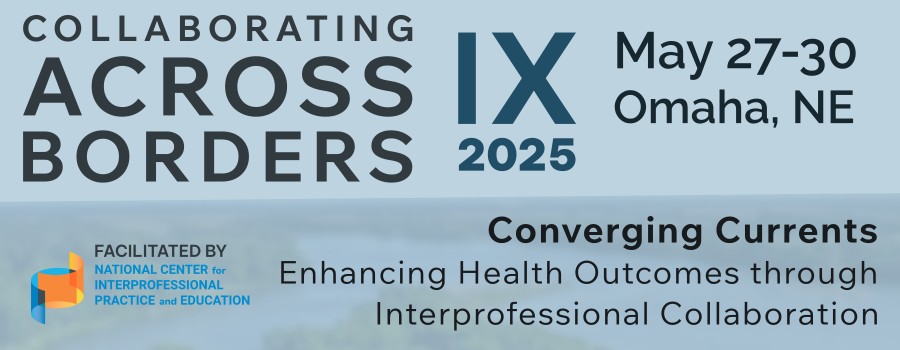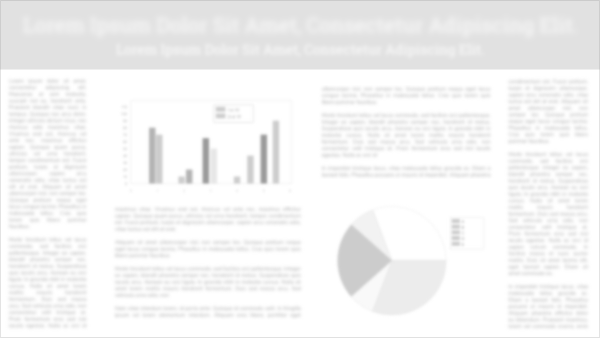High-fidelity Simulations for First Responders: Addressing Health Equity Through Enhanced Prehospital Obstetric and Neonatal Care
- Innovative Approaches to Interprofessional Pedagogy and Education Science
Integrate the routine management of the neonate, and resuscitation.
Identify the types of obstetrical and neonatal complications and the EMS practitioner’s approach to these emergencies.
A team of nursing and paramedicine faculty worked with simulation staff to design OB/Neo emergency SBEs for PMLs.Methods/Methodology: PMLs learners (n=13) participated in didactic on normal vaginal delivery, breech presentation, neonatal resuscitation, and handoff communication before rotating through four OB/Neo emergency SBE stations: application of OB/Neo skills with one normal vaginal simulation, two complex deliveries, and one combined OB/Neo scenario, followed by a group debrief. Confidence was assessed using nine item Likert scale and two open-ended questions on a computer-based survey.Results/Findings: Learners were surveyed two months following completion of SBE. All stated they had some experience with OB/Neo emergencies prior to the SBE, but endorsed SBE as helpful to their professional practice and improved skill confidence. Debriefing was also emphasized as a helpful simulation tool, two general themes emerged: importance of controlling the environment and therapeutic communication with OB/Neo patients.Conclusions, implications, and/or curiosities: High-fidelity SBE improves confidence for learners in OB/Neo emergency situations.
Using evidence-based CCEI 2.0 tool for paramedicine learners
Future IPE simulation with nursing, NNP and paramedicine
References
- Chiniara, G., Cole, G., Brisbin, K., Huffman, D., Cragg, B., Lamacchia, M., & Norman, D. (2013). Simulation in healthcare: A taxonomy and a conceptual framework for instructional design and media selection. Medical Teacher, 35(8), e1380–e1395. https://doi.org/10.3109/0142159X.2012.733451
- Douglas County Health Department. (2020). Fetal and infant mortality review (FIMR) 2019-2020 community report. https://www.douglascountyhealth.com/images/FIMR_BBC/Publications_Reports/FIMR_Annual_Community_Report_2019_-_2020_9_rs.pdf
- Eisenbrey, D., Dunne, R. B., Fales, W., Torossian, K., & Swor, R. (2022). Describing prehospital deliveries in the State of Michigan. Curēus (Palo Alto, CA), 14(7), e26723–e26723. https://doi.org/10.7759/cureus.26723
- Lewington-Gower, E., Masding, A., Carby, M., Downes, A., Spurr, L., Aidarous, S. A., Keating, O., Ignacio, L., & Afsar, Z. (2019). Simulation training as a tool to improve confidence in managing medical emergencies and leading cardiac arrests for core medical trainees. Clinical Medicine (London, England), 19(2), s145–s145. https://doi.org/10.7861/clinmedicine.19-2-s145
- McLelland, G., McKenna, L., Morgans, A., & Smith, K. (2018). Epidemiology of unplanned out-of-hospital births attended by paramedics. BMC Pregnancy and Childbirth, 18(1), 15–15. https://doi.org/10.1186/s12884-017-1638-4
- McKelvin, R., & McKelvin, G. (2020). Immersive simulation training: Comparing the impact on midwifery and paramedic students’ confidence to perform basic life support skills. Midwifery, 87, 102717–102717. https://doi.org/10.1016/j.midw.2020.102717





